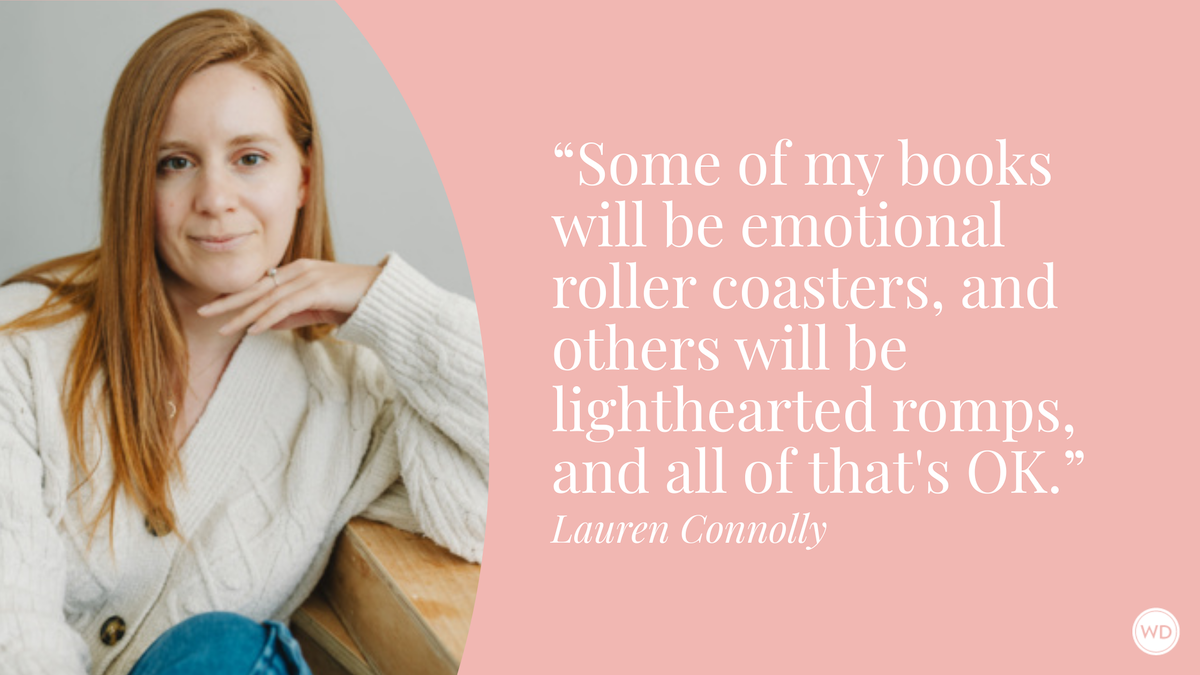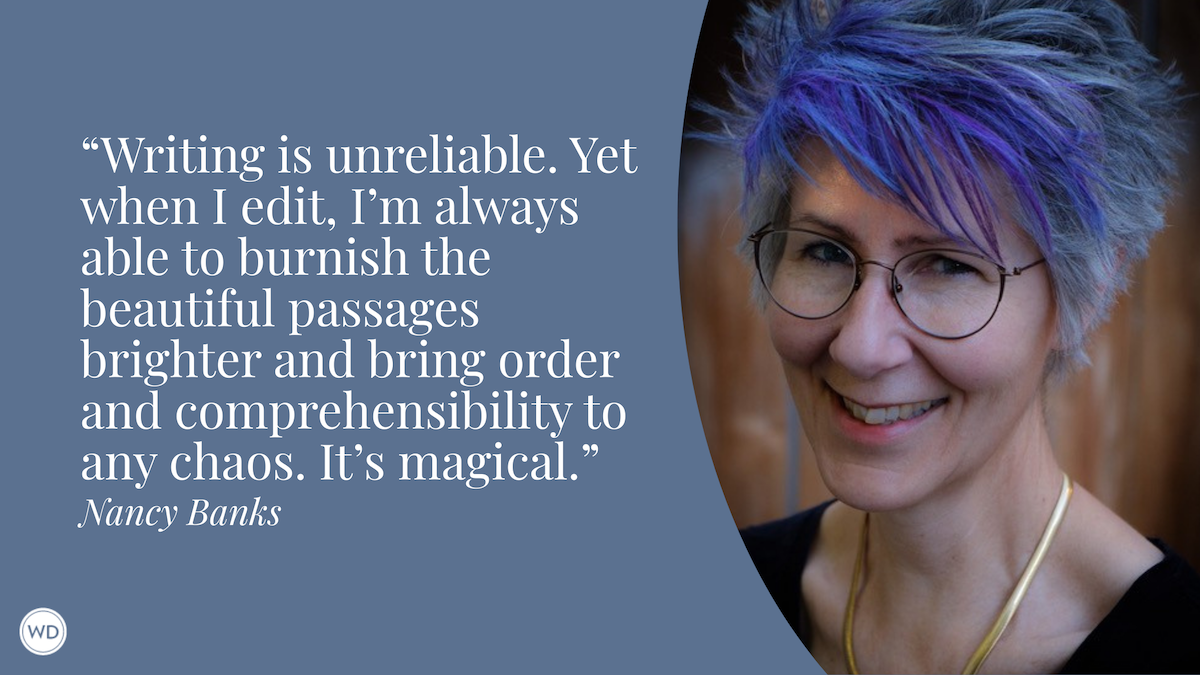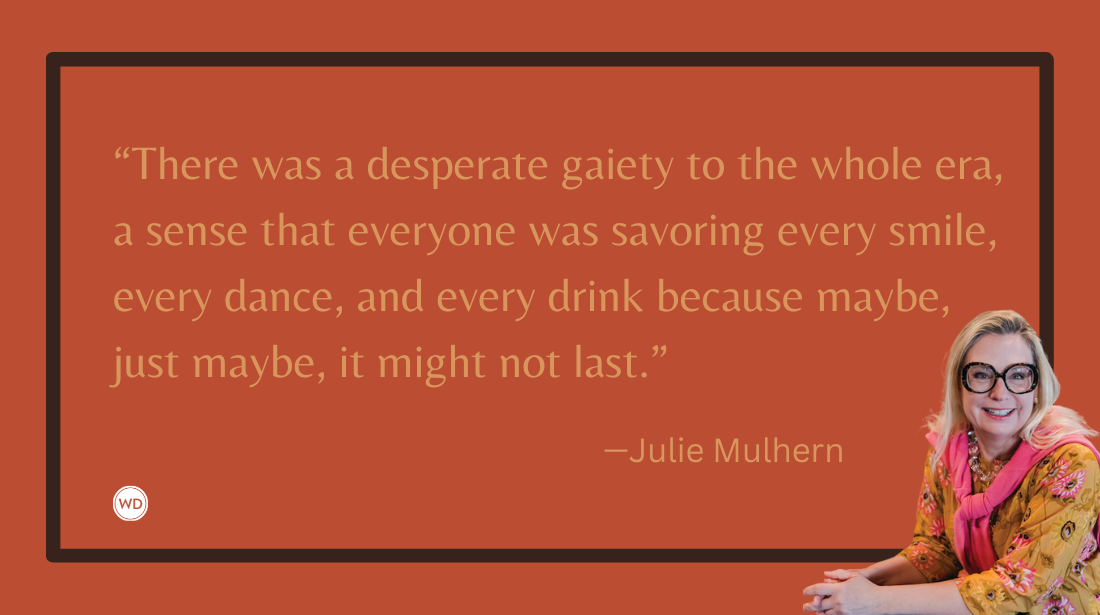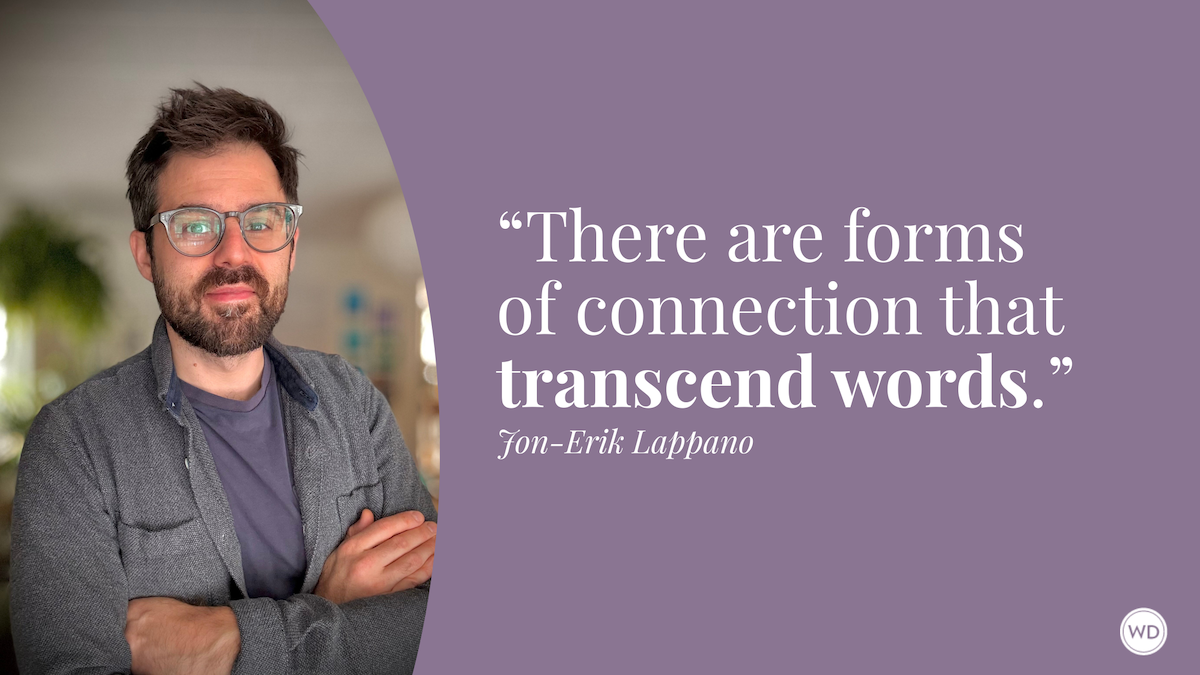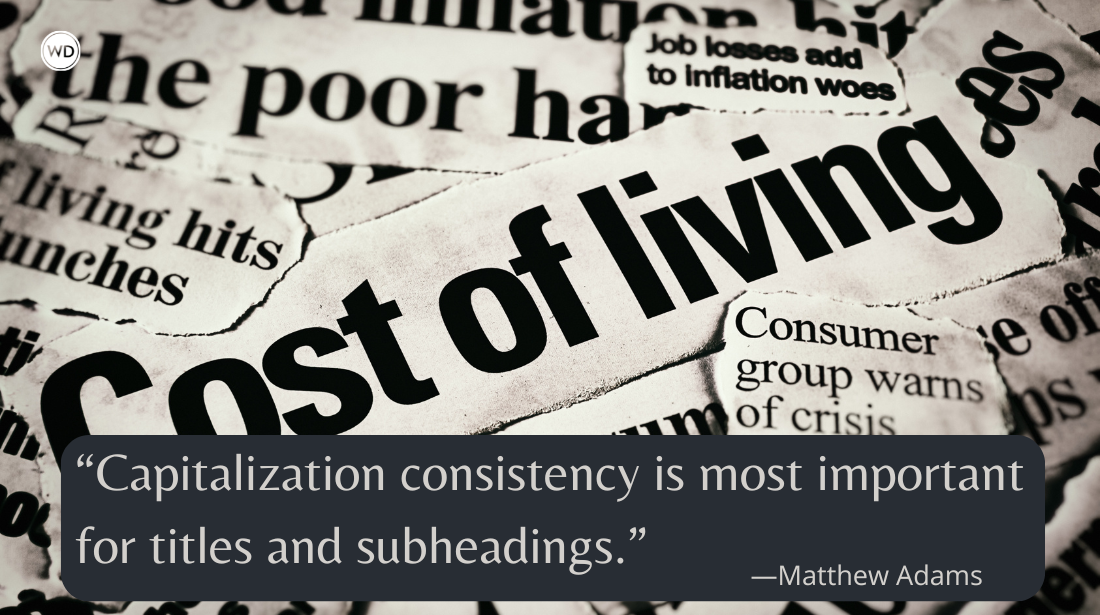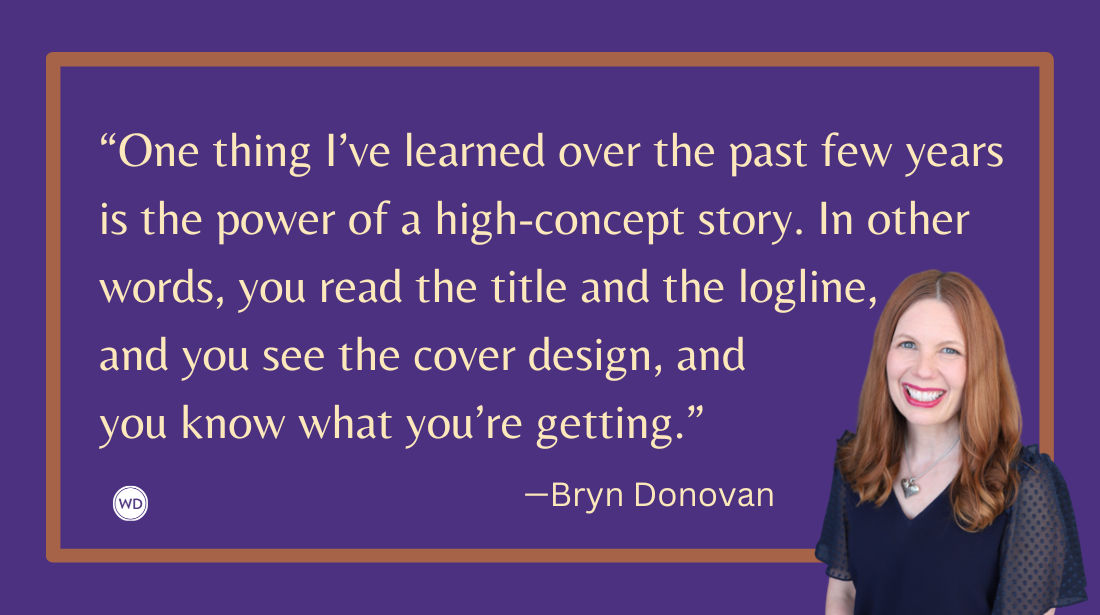10 Tips for Building a Realistic and Vibrant Fictional World
World-building of any kind can seem like a daunting task. Here, author Nalini Singh shares 10 tips for building a realistic and vibrant fictional world.
First up, my definition of a fictional world is any setting you create for your story, whether that’s a small rural town, a generational spaceship, or a paranormal universe. World-building crosses genres and subgenres.
Here are 10 tips for building a realistic and vibrant fiction world.
1. Ask yourself how you wish to build your world.
Some authors build the entire world first, then they write a story set in that world. Other writers develop their world as they write the story.
There is no one correct way, but:
- Give yourself a time limit if you’re planning to build your world first. The last thing you want to do is to get so involved in your world-building that you forget to actually write the book.
- For those who build their worlds as they go, remember to check your final work for any structural problems, paradoxes, and/or continuity errors.
- If your style is an amalgamation of both options—a little forward planning, then discovering as you go—then you need to keep both of the above points in mind.
2. Consider the big picture of your world.
Is it on this planet? Is it in the city you live in? Is it a fantasy realm? Knowing the wider outline of your world will help you make decisions about more detailed aspects and give you a solid foundation on which to stand.
Maps can be useful here, in order to make things more concrete.
When I wrote the first book in my Psy-Changeling series, I printed out maps of San Francisco and the wider California region and used them to mark out territorial boundaries.
For my first thriller, I quickly sketched the layout of the small coastal town I’d created, so I knew where the church was in comparison to the firehouse, etc.
To be clear—you don’t have to be a draftsperson or a graphics genius. You can print out a map if that’s possible, or just draw a wonky map on a piece of paper. As long as you understand it, you’re golden.
Making pretty maps is fun, but it’s not writing. You can commission or make beautiful maps after you’ve finished your WIP. During the writing process, what you need is a tool that is simple, helpful, and doesn’t take too much of your time to create.
3. Who is going to live in your world?
Everyday people? Shapeshifters? Witches? The undead? Creatures we think of as monsters?
To be realistic, your world must reflect the necessities of its residents.
As an example, in my Guild Hunter world, many city-based angels live high up in skyscrapers. These apartments almost always have access to balconies—which have no safety railings. What does a being who can fly need with a railing? That’s an impediment to a smooth take-off. If ever railings are present, it’s usually because the space is also regularly utilized by beings who can’t fly.
This is why you need to consider the practical needs of your characters from the start—countless details of your world flow from that single point.
4. What are the inviolable rules of your world?
Putting limits on your world makes for a stronger and more potent story. Even if your world has magic, that magic should function within a set of rules. E.g. If a warlock casts a major spell, he’s then unconscious for an hour. Suddenly, you have a built-in source of tension.
How about a more contemporary example? Major snowstorm cuts off everyone in a small settlement. Roads iced over, mountain passes blocked, massive winds that mean no helicopter flights. No way out. And there’s a murderer roaming around. The “no way out” is the rule you’ve set up.
There should be no glib solutions to these deliberate dead ends or hard stops in your world. Do that even once and you’ll lose the reader. Any workarounds or answers must make sense in the context of the overall structure of your world—so I’m not saying there can’t be solutions. What I’m saying is that those solutions need to be believable.
5. Consider the weather in your world.
You can set the tone of an entire story with it. Dark and grim with a constant drizzle versus golden sunshine and warmth versus hard artificial light and cold. All of these evoke very different worlds.
IndieBound | Bookshop | Amazon
[WD uses affiliate links.]
6. Consider the flora and fauna of your world—but only what’s necessary to add meaning to the story.
While every writing style is different, some more lush, others more spare, think before you describe the seven different varieties of mushrooms you’ve created or researched. Because unless one of those mushrooms is a murder weapon, your readers’ eyes may well glaze over before the next chapter.
If you’ve set your world on our planet, then look up the flora and fauna of the region you’ve chosen. Don’t just say your character stood against a tree. Say that the scent of pine needles was sharp and fresh, or that the landscape was a barren wilderness but for a tiny succulent that somehow thrived in the bitter subalpine cold.
With each small detail that you weave into the story, you are creating a tapestry of the senses for your readers. You’re anchoring them in time and place.
If you’ve created a wholly new world, then take time to think about the flora and fauna on it. But fight your desire to know every single thing—that’s an impossibility and a tool of procrastination. You just need to know enough to add vivid color to your story.
7. Continuity, continuity, continuity!
From simple things like ensuring that the physical structures in your world remain a constant (unless the change is explained), to big-world impacting events, strong continuity, in world-building and otherwise, is what makes a powerful book—and series.
For example, if your world is hit by an earthquake in book 1 (or chapter 1), consider what scars remain—dependent on how long it’s been since that event. Never forget the long-term ripples.
8. Timelines are critical to world-building and help with continuity.
From tracking a pregnancy across multiple books, to figuring out what season it is—it’s important to keep:
- An overall timeline of the world and any incidents that carry through from one book to the next (if you’re writing a series); and
- A timeline for each book. The latter not only makes it easier to keep track of events in the book, it makes it easier to refer back to incidents later on in the series. Again, this kind of subtle specificity adds to the depth of a world.
- Bonus tip: Give your characters birthdays. Especially if they’re children. Kids grow very obviously. Unless all your books are set in one time and one place, you need to be able to pinpoint exactly how old a child is at a given point in time because their world will change with age. From clothing to the look of their bedrooms, to whether school is now a part of the world that needs to be mentioned.
9. Read widely in the genre you wish to write in…
…not only so you can learn the beats of the genre, but so you’re aware of what’s already out there. If you want your world to be distinctive and memorable, it can’t be a carbon copy of a hundred other worlds.
10. Most important of all, love your world.
The best worlds are the ones that have a passionate and beating heart.
New York Times bestselling author Nalini Singh is passionate about writing. Though she’s traveled as far afield as the deserts of China, the temples of Japan, and the frozen landscapes of Antarctica, it is the journey of the imagination that fascinates her most. She’s beyond delighted to be able to follow her dream as a writer. She is the author of the Guild Hunter series, including Archangel’s Sun, Archangel’s War, and Archangel’s Prophecy. She is also the author of the Psy-Changeling novels, including Last Guard, Alpha Night, and Wolf Rain, and stand-alone novels A Madness of Sunshine and Quiet in Her Bones.




